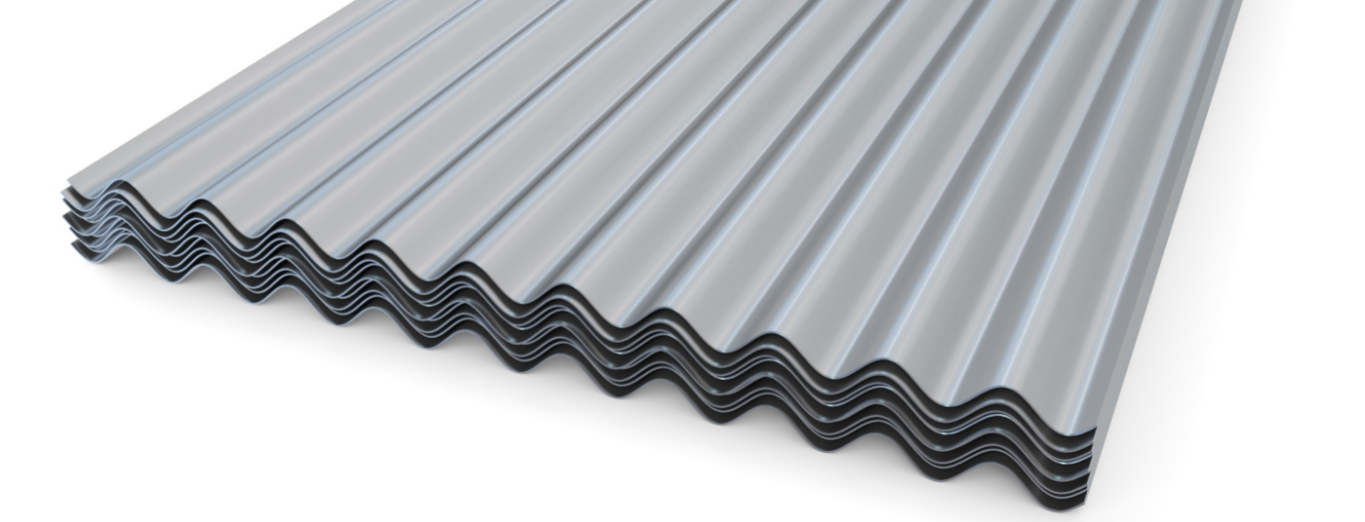Best Roofing Supplies Required For Roofing
The word “roofing supplies” refers to various materials and equipment used in the building and maintenance of roofs. Shingles and moulding, timber, pipes and vents, roofing cement, ladders, and all essential tools, including roofing nails, are included.
Roofing Supplies Required For Roofing
Let’s start at the top with the roofing material. Wood shingles, ceramic tiles, asbestos shingles, metal roofing sheets and tiles, rubber roofing sheets and shingles, and other materials are included in the roof proper. When choosing a roofing material, consider the location to ensure that the roof will withstand the local weather and difficulties.
A roof’s primary support structure or frame is made of lumber. A triangular truss and a lattice of beams are often used. The frame acts as the foundation for the upper layer. Other parts made of wood include the cornice, a component of the structure that hangs over the wall, the fascia, the underside of the cornice, and the eave, which are the beam ends of the wood frame that enable water to drain.
The roof has pipes and vents protruding from it. They aid in the ventilation of the home and serve as escape routes for smoke from a fireplace or kitchen hood and hot air from the attic. A boot, or metal strip, with a lead-based or plastic sealant, is widely used to seal the bottoms of pipes and vents. They have rubber-sealed one-way barriers that allow air and smoke to escape but not water.
The ladder needed to climb to the roof and other roofing supplies required for maintenance, installation, and removal are examples of roofing tools. Simple tools such as a broom and bucket to collect waste shingles, a slater’s hammer that includes a hammer, an axe, and a blade, a slate cutter to cut through shingles, seaming pliers to grasp shingles, and a hip runner to instal the ridge cap, the portion of the roof that is visible from the street.
When it comes to roofing nails, they need to be long enough to penetrate through the shingles and down to about 3/8 inch below the shingle’s underside. Anything that prevents the nails from biting into the wood might cause the nail to jump out of the shingle, resulting in shingle loss. It includes ridged shingles, certain underlayment materials, and, of course, nails.
A skilled roofer may drive a roofing nail into the roof with a single solid hit. After only a few minutes, a homeowner doing it alone will be able to move the pins with one strike.
Roofing supplies aren’t as straightforward as they appear. However, with a bit of forethought, you’ll have all you need for a good roof.






